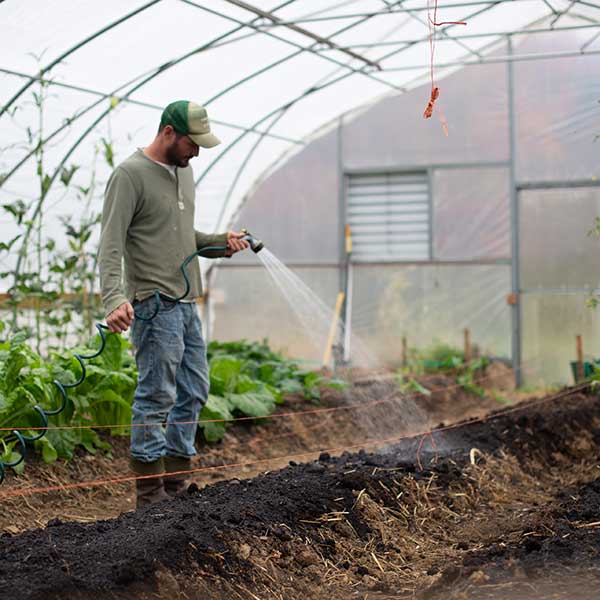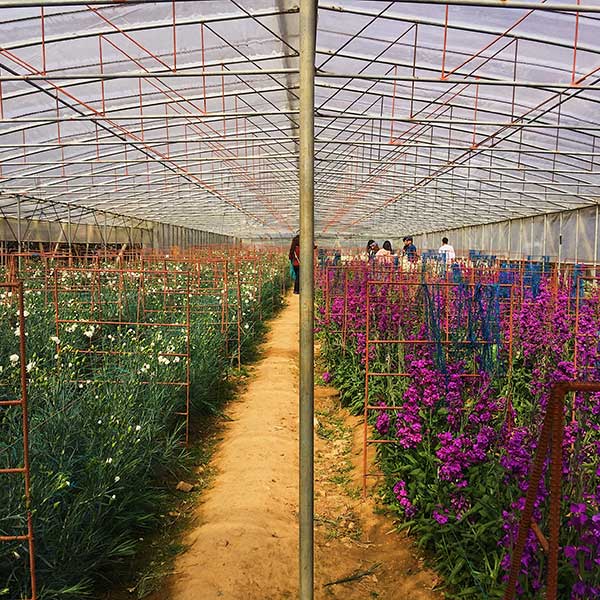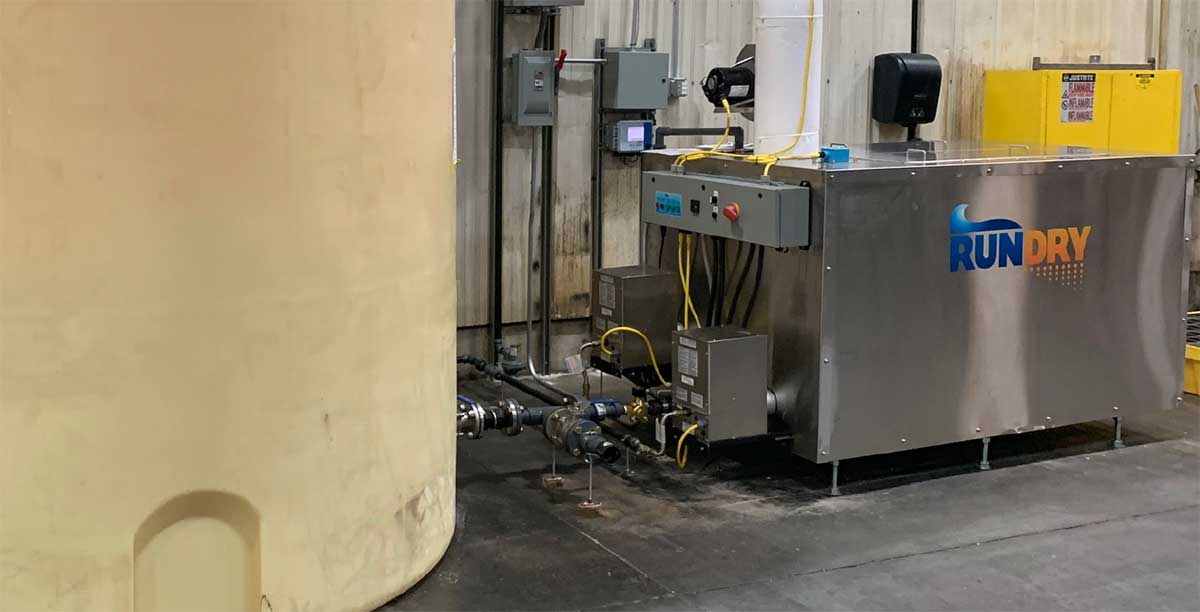 Many companies are turning to greenhouse farming for increased production, disease and pest prevention, year-around growing, stability of environment and increased profits. Several of these benefits are driven by advances in fertigation and irrigation.
Many companies are turning to greenhouse farming for increased production, disease and pest prevention, year-around growing, stability of environment and increased profits. Several of these benefits are driven by advances in fertigation and irrigation.
Water for fertigation and irrigation mostly goes directly to the plant, but there is often some amount of excess that cannot be discharged to the ground or the sewer. Similar issues exist in hydroponic farms.
The proliferation of the controlled cultivation industry is causing states and municipalities to investigate and regulate the utilities that are consumed and the waste that are generated by these facilities. The most common concern for cultivation facilities is the volume and nature of their wastewater.
There are several options for disposal:

- The first step should always be to try to recycle as much of the water as is possible. However, recycle systems are complicated to manage, require a lot of water testing and often have difficulty achieving zero liquid discharge.
- Some facilities try to process the wastewater through artificial wetlands – this is difficult to manage especially in colder climates.
- Hauling the wastewater off-site is a solution that carries with it liabilities and can cost upwards of $1 to $4 USD/gallon.
- Natural wastewater evaporation can be achieved in on-site evaporation ponds. This requires sufficient property and is difficult in colder climates. It can be accelerated with spraying systems.
- Thermal wastewater evaporation is a good choice that costs $0.08 to $0.25 USD/gallon depending on the fuel source used. Most wastewater evaporators only do a 90% reduction, leaving a concentrate to haul away. A RunDry Evaporator can reduce the wastewater to a dry sludge, eliminating the cost and liability of hauling a liquid waste off-site.


